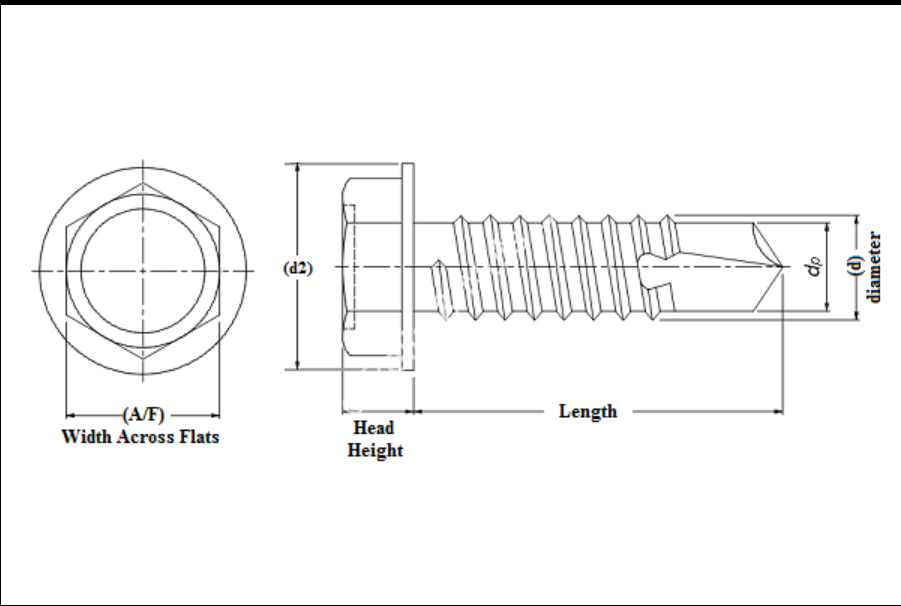stainless steel flat washer dimensions manufacturers
Understanding Stainless Steel Flat Washer Dimensions A Guide for Manufacturers and Engineers
Stainless steel flat washers are pivotal components used in various mechanical and construction applications. Their primary function is to distribute the load of a threaded fastener, such as a bolt or screw, thereby preventing damage to the surface being fastened and providing a stable base for the fastener. Given the critical role that these washers play in ensuring the integrity and durability of assemblies, understanding their dimensions and specifications is essential for manufacturers and engineers alike.
What are Stainless Steel Flat Washers?
Flat washers are disc-shaped metal pieces with a centrally located hole. Made of various materials, stainless steel is favored for its corrosion resistance, strength, and durability. This makes stainless steel flat washers suitable for use in a wide array of environments, including both indoor and outdoor applications. Their resistance to rust and tarnish ensures longevity, making them ideal for industries such as construction, automotive, aerospace, and marine applications.
Key Dimensions of Flat Washers
When it comes to manufacturing stainless steel flat washers, several critical dimensions must be considered
1. Outer Diameter (OD) This is the total width of the washer from the outer edge to the opposite outer edge. The OD is crucial as it needs to be proportionate to the size of the fastener in order to provide effective load distribution.
2. Inner Diameter (ID) The ID is the width of the hole in the center of the washer. This measurement must correspond to the diameter of the fastener being used. For example, a washer intended for a M6 bolt would typically have an ID of around 6 mm.
3. Thickness The thickness of the washer is another vital dimension. A thicker washer can better distribute load and provide enhanced durability, while a thinner washer may be more suited for specific applications where space is constrained.
stainless steel flat washer dimensions manufacturers

4. Material Properties Beyond dimensions, the grade of stainless steel used also plays a significant role. Common grades include A2 (304 stainless steel) and A4 (316 stainless steel), which differ in their corrosion resistance properties. For example, A4 grade is recommended for marine environments due to its higher resistance to chlorides.
Standards and Compliance
Manufacturers must adhere to specific standards that dictate the dimensions and tolerances of flat washers. Organizations such as ANSI (American National Standards Institute), ISO (International Organization for Standardization), and ASTM (American Society for Testing and Materials) provide guidelines that help ensure uniformity and compatibility in washer dimensions.
For instance, ANSI/ASME B18.22.1 outlines the dimensional specifications for flat washers, including outer and inner diameters, thickness, and the permissible tolerances. Compliance with these standards is essential not only for ensuring quality and compatibility with fasteners, but also for minimizing the risk of mechanical failure in installations.
Importance of Accurate Dimensions
Precision in manufacturing stainless steel flat washers is critical. Any deviations from the specified dimensions can lead to performance issues, such as uneven load distribution, potential damage to the surface being fastened, and even mechanical failures. Engineers need to carefully choose the appropriate washer dimensions to suit specific applications and conditions. For example, heavy-duty applications might require oversized washers to spread the load effectively, while lighter constructions may need smaller washers to save on weight and material costs.
Conclusion
In conclusion, stainless steel flat washers serve as essential elements in fastening and mechanical assembly. Understanding their dimensions—outer diameter, inner diameter, thickness, and material properties—is imperative for manufacturers and engineers who aim to ensure the integrity and reliability of their designs. Adhering to industry standards and maintaining precision in manufacturing is crucial in creating effective solutions that withstand the demands of various applications. Whether you are selecting a washer for a simple household repair or a complex industrial project, taking the time to consider these factors will lead to better performance and longer-lasting results. In today’s competitive landscape, investing in high-quality materials and precise manufacturing processes is not just beneficial; it is essential for success.
-
Top Choices for Plasterboard FixingNewsDec.26,2024
-
The Versatility of Specialty WashersNewsDec.26,2024
-
Secure Your ProjectsNewsDec.26,2024
-
Essential Screws for Chipboard Flooring ProjectsNewsDec.26,2024
-
Choosing the Right Drywall ScrewsNewsDec.26,2024
-
Black Phosphate Screws for Superior PerformanceNewsDec.26,2024
-
The Versatile Choice of Nylon Flat Washers for Your NeedsNewsDec.18,2024










